Just outside of Lisbon, about 10 meters from the main door of a big supermarket a container is placed. When you look through the window in the container door you see racks filled with all kinds of aromatic herbs and microgreens. This container is the first Jungle Greens production unit where herbs and microgreens are grown, which are being sold in the supermarket next door.
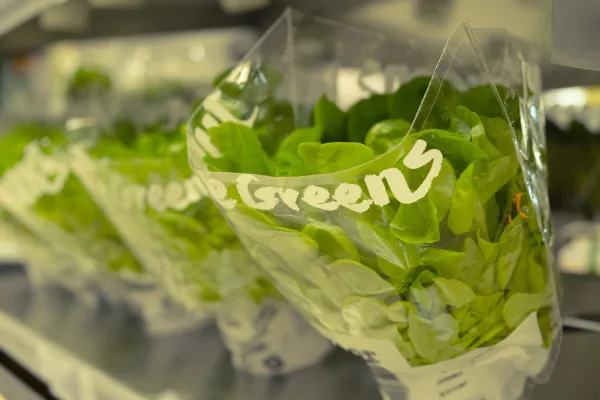
About 4 years ago the idea of indoor farming started to become more in focus, due to the importance of reducing the carbon footprint and the growing popularity of producing close to the consumer. Jungle founders Nicolas Seguy and Gilles Dreyfus thought this was an interesting opportunity and spent the following 2.5 years travelling around the world to find the right way of growing. What they found were many different growing strategies and they combined the best from each strategy to create what they felt was the right way of growing.
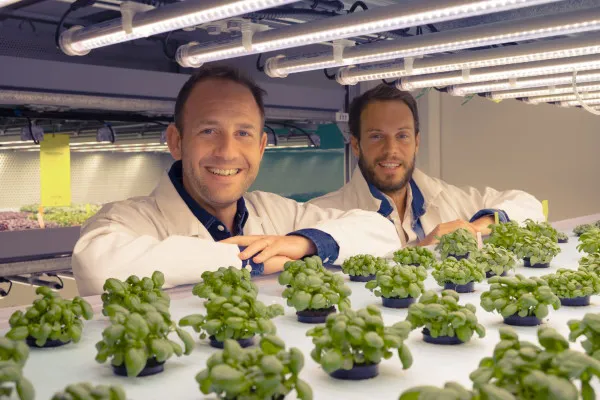
Taking out the bugs
The trial area in Portugal was set up for experimenting in order to find the optimum combination of growing conditions. “The advantage of indoor farming is that you can have a much better control of conditions than you have in a greenhouse, where you are always depending on the outside conditions.” Because of this high level of control Jungle Greens can deliver a constant quality level of the product, 365 days a year. Another big advantage of indoor farming is that you don’t have problems with insects or diseases. With the high level of temperature and humidity control most diseases can be avoided and the closed environment prevents insects from coming in. Therefore Jungle Greens can guarantee that no pesticides are used in their cultivation process.
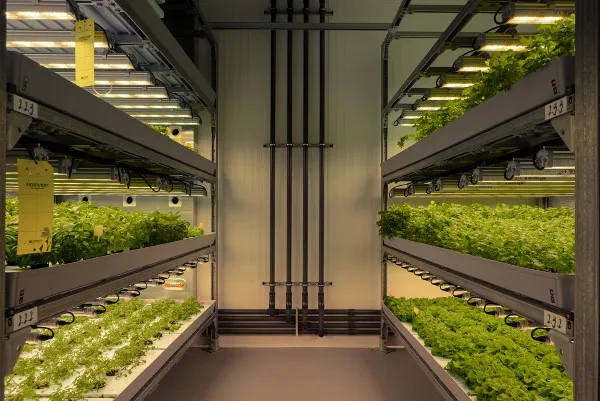
By experimenting with growing conditions and maintaining plant balances, Jungle Greens is trying to remove all the bugs from their growing strategy. Of course no cultivation method is free of challenges, nor is indoor farming. Examples of these challenges are controlling the nutrition composition of the irrigation water, as the water is reused many times, and controlling the air movement between plants to create a homogeneous climate. The analysis options of the iSii compact process computer helps to conquer these challenges. “The good thing when you have a good computer is that it gives you feedback on your equipment. You can go back a couple days and see what has happened and where things have gone wrong. These analyses can be used to make improvements in the process. This gives us security, because we know what is happening.”
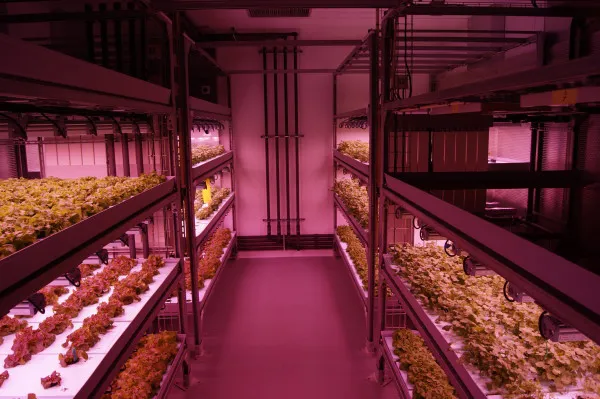
Clear and tasty
The Jungle Greens cultivation environment allows for a high level of traceability, which is why they want to make the whole process from seed to plate completely transparent and traceable for consumers. “This is a benchmark consumers should expect from every fresh produce supplier.” Next to this Jungle Greens is aiming to transform aromatic herbs and microgreens from a secondary purchase item into a primary purchase item. They want to position their herbs in a way that they offer an alternative for spices and by this making it an unavoidable component of flavor. In order to realize this Jungle Greens is using unconventional ways of promotion for herbs, for example by organizing tastings in stores and at local organic markets.
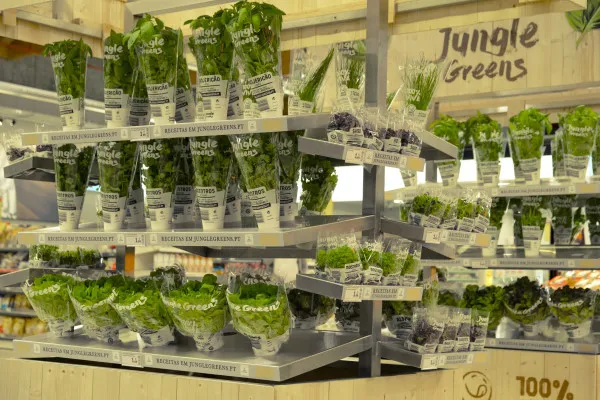
With their plastic-free packaging Jungle Greens contributes to reducing pollution related to plastic packaging. In combination with their pesticide-free cultivation Jungle Greens contributes to the growing demand for healthy food.
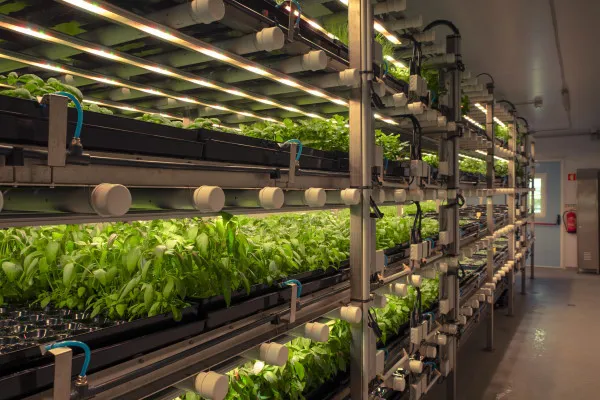
In addition, the Jungle Greens concept also creates convenience for consumers. You can buy the herbs and microgreens as live plants in a store nearby, wrapped in a nice packaging and in a way that they can easily be cut and used in a dish.
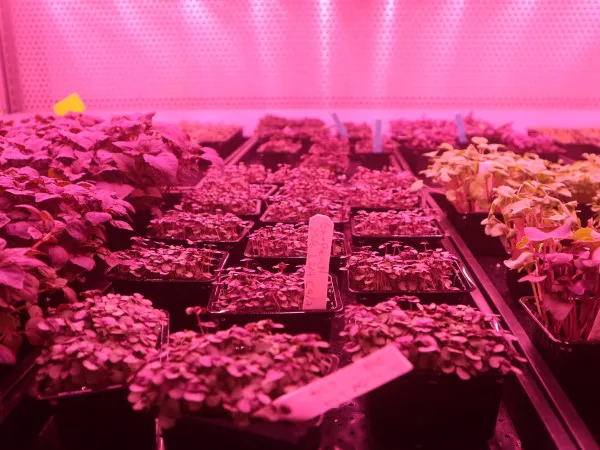
For more information: Hoogendoorn Growth Management
Hoogendoorn Growth Management
info@hoogendoorn.nl
www.hoogendoorn.nl
